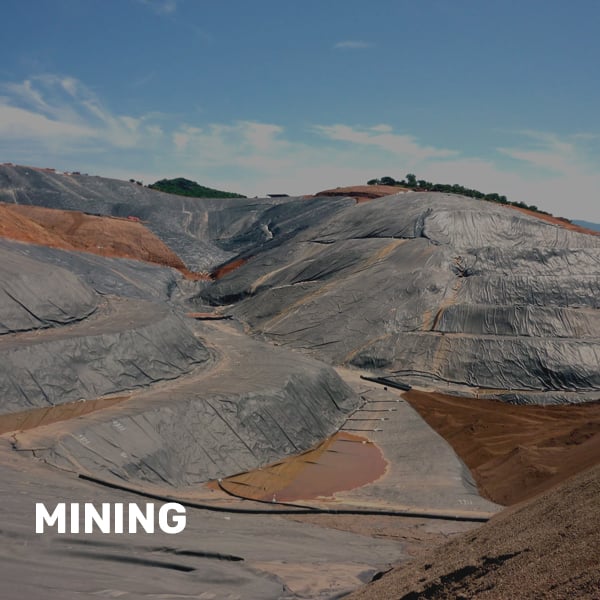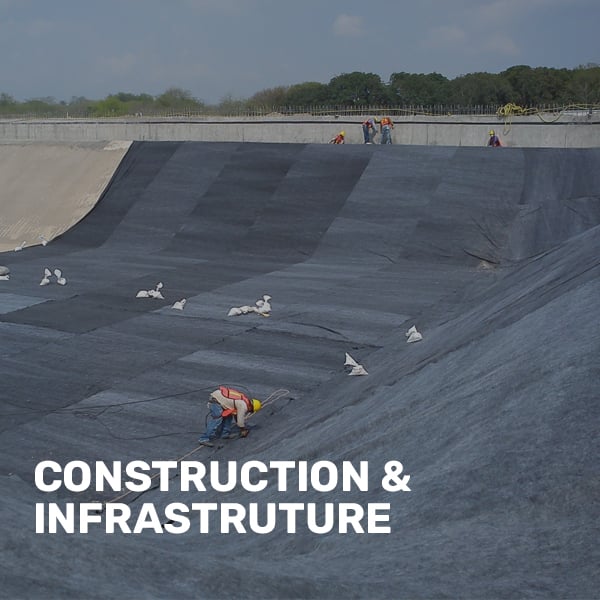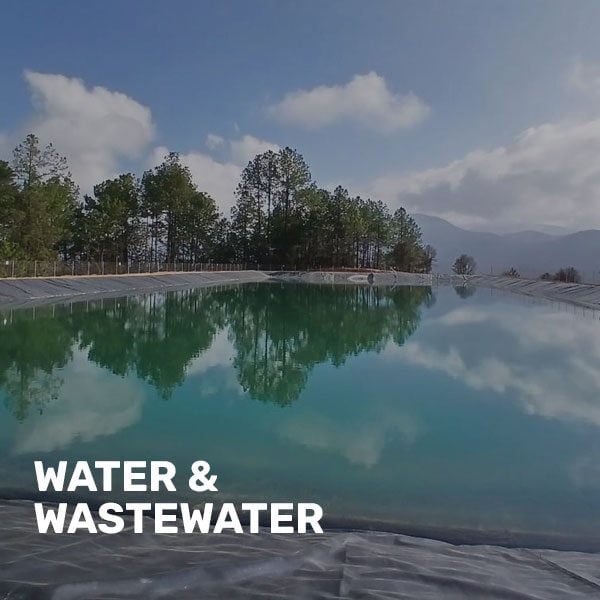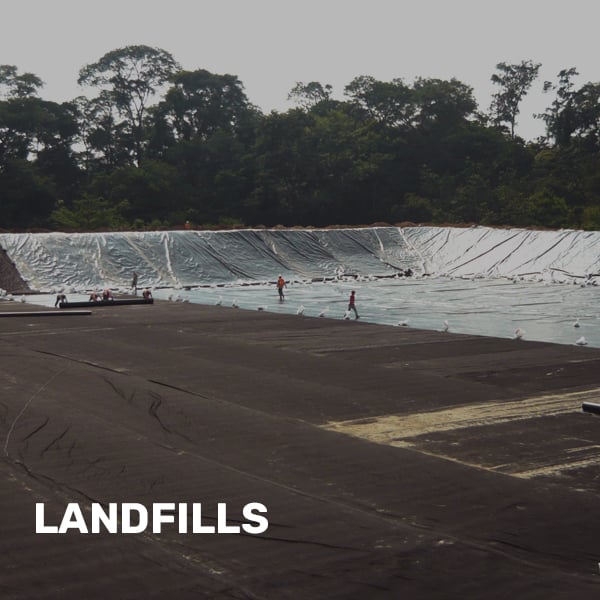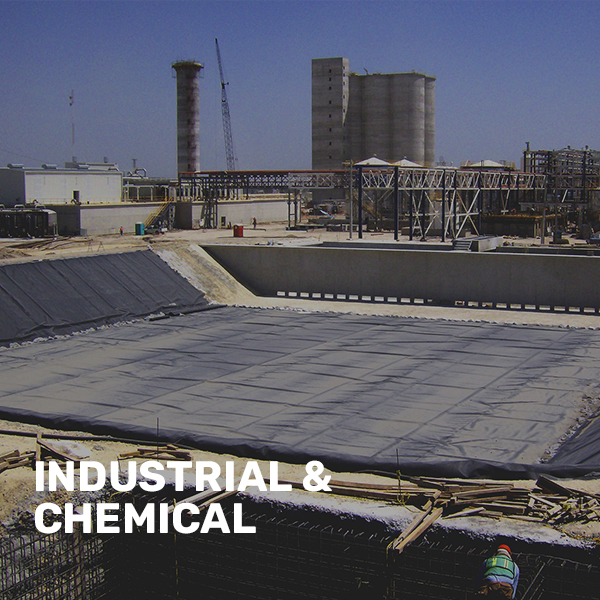We supply and install geomembrane liners for different kind of industries.
Our products are made using extremely durable materials, many of which are designed to last for hundreds of years. They offer excellent resistance to chemicals and abrasion, ensuring that time, corrosion, and harsh conditions do not compromise the integrity of the geomembrane liner.
Each geomembrane type has unique properties that influence how it is installed, how long it lasts, and how it performs.
.jpg)
Types of Geomembranes
Looking for faster, cleaner geomembrane installations?
Discover the advantages of Prefabricated Geomembrane Panels, fabricated off-site, reducing installation time, field welding, and project delays.
Do you need help with your project? We are certified experts on lining installation.
Each material is precisely selected and installed to meet strict environmental regulations, offering long term protection.
Additional Text
Who determines the minimum acceptable values in the market? Geosynthetic Research Institute (GRI)
Therefore, geomembranes are thermoplastic membranes (also known as liners) with excellent properties, and depending on the requirements of your projects, we can help you find the most suitable one with an experienced specialist.
Standard Specifications:
- GM-13 HDPE Geomembrane
- GM-17 LLDPE Geomembrane
- GM-19 Geomembrane Seaming Strength
- GM-25 Reinforced LLDPE Geomembrane
.png)
Do you have a project underway? Contact us.
We're the perfect ally to optimize your operation, guaranteeing efficiency and safety.
Additional Text







